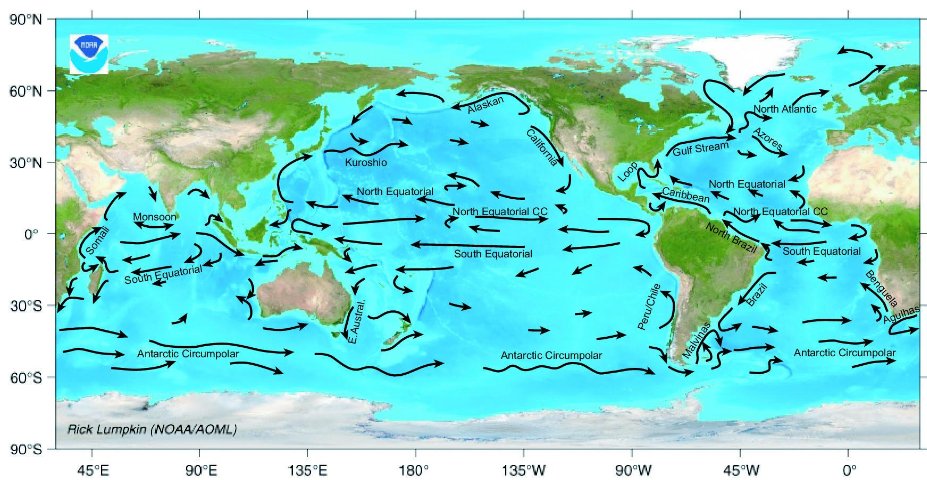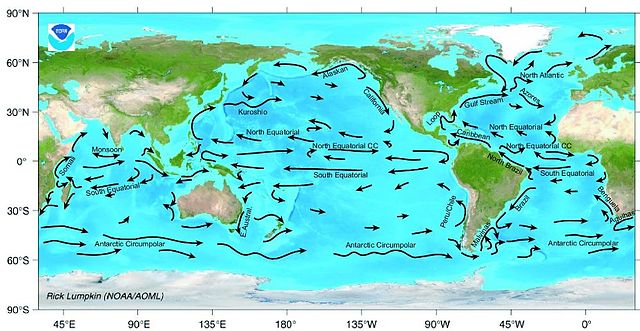Summary:
The deciduous forest is a temperate broad-leaf forest. The deciduous forest has rivers, streams and other water resources. The deciduous forest has eatable plants that can keep you alive. Some animals that live in the deciduous forest are black bears, eastern chipmunks, coyotes and many more. Some plants that live in the deciduous forest are Lade Ferns, American Beech trees, Mongolia's and many more.
S&EP: SP1: Asking questions and defining problems: SP1: Asking questions and defining problems:
I was working on page for a website that is about surviving in the deciduous forest. I had to figure out if the deciduous forest has food and water that people can eat and drink. I searched for resources that might help me figure this out and I found that the deciduous forest has drinkable water and eatable food. The water resource that I used for the website is a river and the food that I put is berries and fruit.


